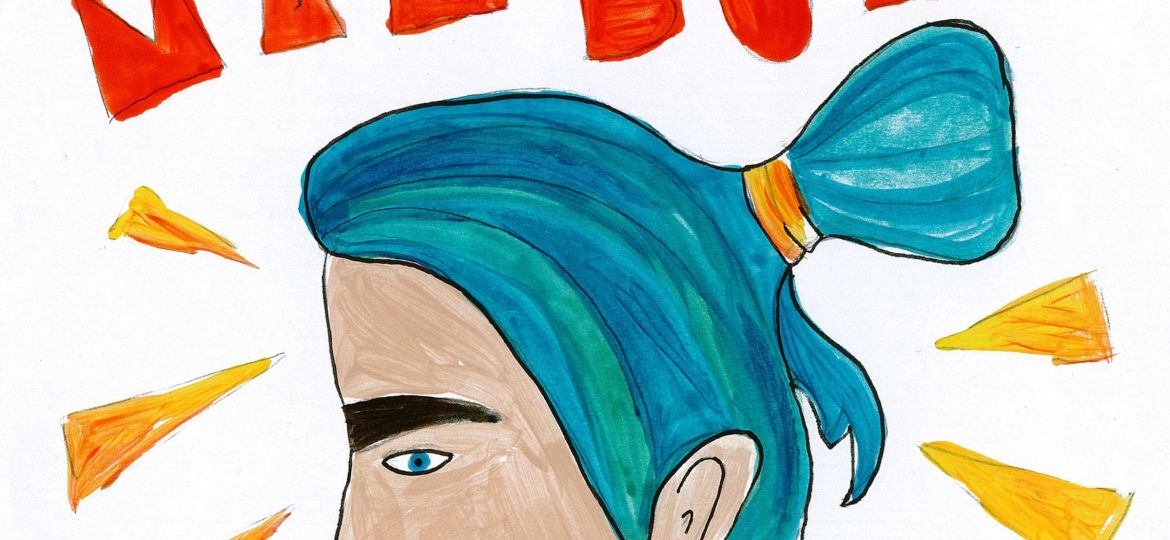
At St. Olaf College, the man bun seems an inescapable topic. Whether accompanied by a bandana, reined in with a headband or complemented with an undercut, man buns are everywhere and only growing in popularity on campus as well as in American culture as a whole.
The man bun can be considered a classic hippie hairstyle that has been around for decades, moving in and out of fashion but never entirely disappearing. Today, however, the man bun seems to be making its place as a men’s hairstyle mainstay and a contemporary cultural phenomenon. I argue that the man bun’s prominence is a reversal of traditional masculinity and a new fluidity to gender expression.
Traditional male hairstyles are short. Any men’s magazine will tell you the classic, clean-cut guy has short hair—nowhere near the lengths needed to pull up the mane into a bun—and society accepts this style as gender-normative for males. Collectively as a culture, we have decided the rigid rules for male hairstyle as part of gender expression: it is considered more masculine to have short hair. Clearly, the long locks necessary for a man bun defy this construct.
Thus, if it is decidedly more masculine to clip your hair far before it reaches up-do lengths, why has this style so bombarded our culture with its presence? The man bun is everywhere; there are Buzzfeed articles about it, Instagram accounts devoted to it and photos of Donald Trump with a man bun Photoshopped to his head. It has even inspired controversy about man buns as a cause of “traction alopecia,” leading to premature hair loss (the science behind which is debatable).
All this commotion and controversy surrounding something as superficial as hair is a result of the man bun’s refutal of traditional gender expectations. Our culture, though it still has long strides to make, has become more accepting of a more fluid gender performance. There has always been variance between short and long hair for men and women in the past, but only recently has it become more normalized.
Women wear short pixie cuts. Men grow their hair out. Our current culture accepts, more widely than ever before, that gender is not tied to our hair (or other physical features), and today’s obsession with the man bun reflects this movement toward looser gender expectations for appearance.
Additionally, the concept of gender and gender performance has become a more mainstream discussion. Again, though there is still plenty room for greater acceptance, our culture has grown more open to gender identities such as transgender, gender fluid and other non-binary identities. For many non-binary people, though certainly not all, a non-binary identity is tied to gender performance—how one dresses and appears masculine or feminine to others.
Though I certainly don’t want to conflate man buns with gender identity, I merely argue that a wider definition of masculinity as supported by the non-binary community has added to the culture that allows for the popularity of the man bun. As we grow more open to greater variations in gender identity and performance, the man bun becomes a trend that assists in subverting traditional gender norms.
However, the man bun is not the answer to gender expression equality. Consider the term itself, “man bun.” Why must we specify that this bun belongs to a man when women wear buns as well? Are men’s and women’s hair buns all that different that we must give them their own name? And what of people with middle-of-the-spectrum identities who wear buns?
Further, at the end of the day, a man bun is just hair. Though its popularity may indicate more fluidity for masculinity in our culture, it is more a symptom of the growing acceptance rather than a cause.
In any case, I personally love the man bun and hope it sticks around for a while. The man bun results from expanding gender performance norms, and it encourages people to wear their hair any way they feel most comfortable. So keep rocking your buns, Oles, whether they be man, woman or anything in between.

